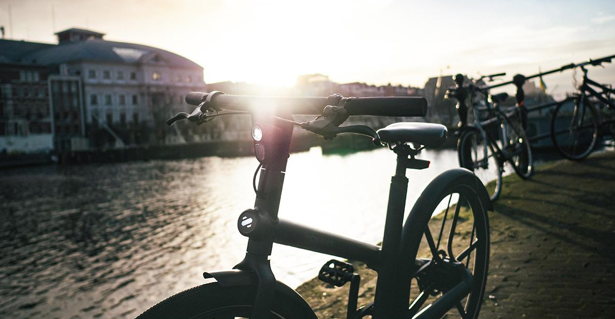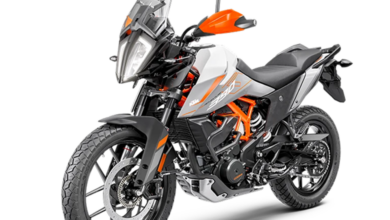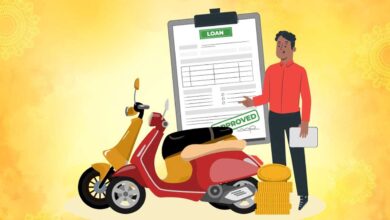Electric bikes are becoming an increasingly popular alternative to traditional transportation. They offer a unique combination of convenience, cost savings, and exercise. However, there is still debate about the pros and cons of using electric bikes for commuting. This article will explore the benefits and drawbacks of commuting with an electric bike as well as factors to consider when choosing one.
Benefits of Commuting with an Electric Bike
The primary benefit of commuting with an electric bike is its cost-effectiveness compared to other forms of transportation. An electric bike typically costs less than half of what a car costs in terms of monthly payments and running costs such as fuel or insurance. Additionally, riding an electric bike provides improved health benefits from increased physical activity during the commute when compared to driving or taking public transport. Furthermore, electric bikes are considered environmentally friendly due to their low emissions compared to cars or buses and lower energy consumption than other forms of transport. Finally, electric bikes can be more convenient than regular bicycles since they require less effort on flat roads and hills, reducing commute time. Moreover, they provide increased accessibility by allowing users to cover longer distances than on a regular bicycle while not having to worry about becoming exhausted halfway through their journey.
Drawbacks of Commuting with an Electric Bike
Although there are many advantages to commuting with an electric bike, it also has some drawbacks that should be taken into account before deciding whether it is right for you. The biggest downside is the higher initial cost compared to a traditional bicycle; however if the total cost over time is considered this might not be an issue depending on personal circumstances. Additionally, range and battery life may limit trips depending on how far away destinations are located from home; this could be alleviated by buying spare batteries or planning charging stops along the way but these also create additional costs that need consideration. Furthermore, electric bikes tend to be heavier and harder to maneuver than non-electric ones which may make them difficult for some individuals to handle particularly when navigating tight spaces or crowded areas; this could lead to safety issues that need consideration when commuting in certain environments such as cities where traffic levels are high at peak times. Finally good weather conditions need to be taken into account since most electric bikes are not designed for use in extreme weather conditions such as heavy rain or snowfall.
Factors To Consider When Choosing An Electric Bike For Commuting
When selecting an electric bike for commuting there several factors that need careful consideration including: battery capacity and range; type of motor; weight and portability; comfort and design; price and affordability; availability of accessories and parts etc..
-
Battery capacity and range
The battery capacity and range of an electric bike will determine how far you can travel on a single charge. It’s important to consider the distance of your commute and choose an electric bike with a battery capacity and range that will allow you to complete your commute without running out of power. Look for a battery capacity that is at least 400Wh and a long range bike that can cover your daily commute.
-
Type of motor
The type of motor on an electric bike will determine how powerful and efficient it is. There are two main types of electric bike motors: hub motors and mid-drive motors. Hub motors are located in the wheel hub and are typically less expensive and easier to maintain, while mid-drive motors are located in the bike’s bottom bracket and offer more power and better efficiency, but can be more expensive.
-
Weight and portability
Consider the weight of the electric bike, especially if you plan to carry it up stairs or take it on public transportation. A lighter bike will be easier to handle and transport. Look for an electric bike that is made of lightweight materials and has a folding frame if you plan to carry it frequently.
-
Comfort and design
Choose an electric bike that is comfortable to ride and suits your personal style. Look for an electric bike with an adjustable seat and handlebars, and consider the frame style and size to ensure that it is suitable for your body type. Additionally, consider the design of the bike and whether it suits your personal style and aesthetic preferences.
-
Price and affordability
Electric bikes can be quite expensive, so it’s important to consider your budget when choosing an electric bike for commuting. Look for an electric bike that is within your budget, but also offers good quality and features that will be useful for your daily commute.
-
Availability of accessories and parts
Make sure to choose an electric bike that has readily available parts and accessories, especially if you plan to use it for commuting on a regular basis. Look for a brand that has a good reputation for customer service and offers a warranty for their products.
By considering these factors, you can choose an electric bike that is suitable for your commuting needs and will provide you with a comfortable and efficient mode of transportation.
Frequently Asked Questions (FAQs)
What is an electric bike, and how does it differ from a traditional bike?
An electric bicycle is equipped with an integrated motor which helps propel it forward providing assistance similar to what you would experience if you were being pushed by another person while pedaling normally yourself. This makes it easier than normal cycling especially when going uphill or covering longer distances saving effort while still getting the same health benefits associated with regular biking . It differs from a traditional bike mainly because it requires less effort while offering better speed coverage even over long distance trips .
How far can an electric bike go on a single charge?
The range differs depending on make/model , size/weight of rider , terrain , amount/type power assistance used , power consumption settings etc.. On average expect around 30 miles/48km per full charge assuming mixed terrain usage under various conditions – increasing range for flat terrains using eco modes etc…
How fast can an electric bike go?
Speed varies according different types/models but maximum speed ranges from 15 mph – 28 mph (25 kmh – 45 kmh) . It’s important note that most countries impose legal limits e-bikes so always check local regulations when travelling abroad .
How much do electric bikes cost, and are they worth the investment?
Prices vary depending model , features etc.. Generally speaking low end models start around £900 /$1200 USD while higher end models ranging upwards £3000/$4000 USD more expensive hybrids however mid-range versions currently available market provide good value money people want all basic features without spending top dollar ..
Can I use an electric bike in the rain or snow?
Generally speaking most models not water-proof therefore susceptible water damage cold temperatures cause malfunctions batteries so best use caution avoid using e-bike adverse weather conditions unless specifically design handle them. While you can also find electric bikes with water-resist capacity in the market as well, they usually have quality IPX level.
Conclusion
In conclusion, electric bikes offer several benefits for commuting. The primary benefits of commuting with an electric bike include being cost-effective, environmentally friendly, and promoting physical activity. Electric bikes also offer a faster and more flexible alternative to traditional transportation options, enabling riders to avoid traffic congestion and arrive at their destination more quickly.









